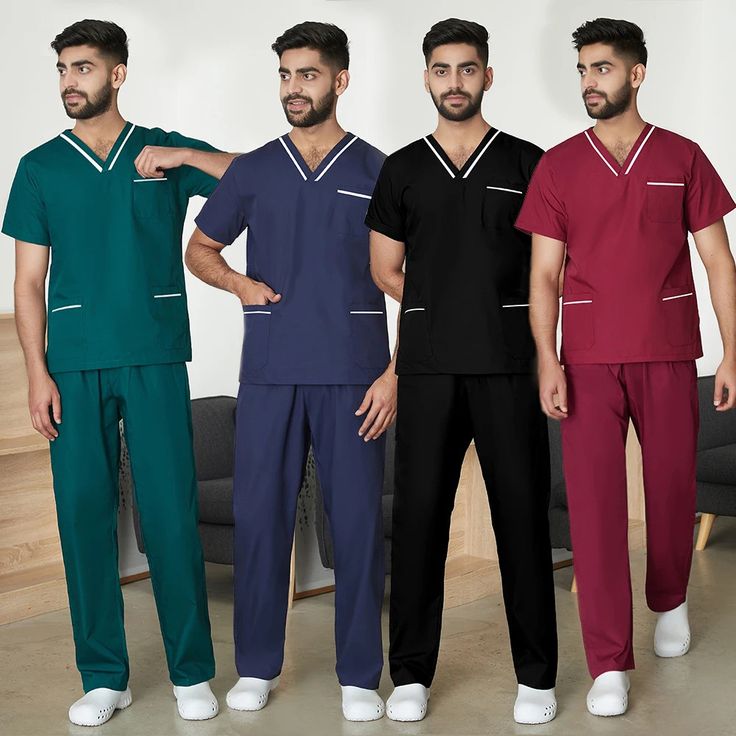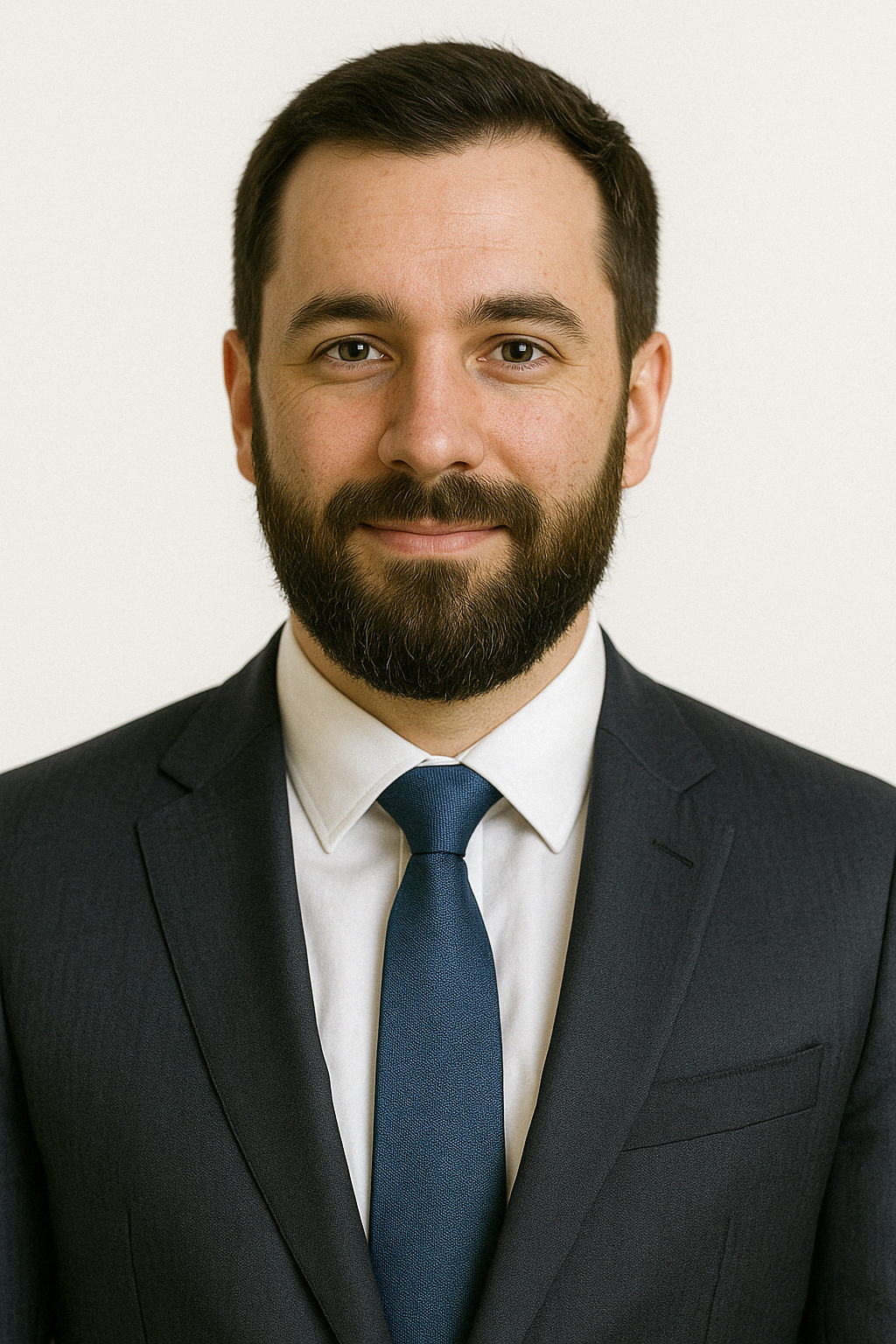
Professional Aviation Uniform Cleaning & Maintenance Guide 2025
Aviation uniforms represent significant investments for airlines, with proper care and maintenance directly impacting both operational costs and professional image. In Saudi Arabia's aviation sector, where extreme climate conditions and demanding schedules challenge uniform longevity, implementing strategic cleaning and maintenance protocols can extend garment life by up to 40% while maintaining the impeccable standards expected in the industry.
The Economics of Proper Uniform Maintenance
Professional uniform care extends far beyond appearance, delivering substantial financial and operational benefits:
- Cost Reduction: Proper maintenance can reduce uniform replacement costs by 35-45%
- Professional Image: Well-maintained uniforms enhance airline brand perception and passenger confidence
- Staff Satisfaction: Quality uniform care improves crew morale and professional pride
- Compliance Assurance: Proper maintenance ensures uniforms meet aviation industry standards
Industry Impact: Saudi Aviation Uniform Care Statistics
Understanding Aviation Uniform Materials
Modern aviation uniforms incorporate diverse materials requiring specialized care approaches:
Natural Fiber Components
- Wool Blends: Require gentle cleaning to prevent shrinkage and maintain texture
- Cotton Elements: Need careful temperature control to prevent color fading
- Silk Accessories: Demand delicate handling and specialized cleaning agents
- Linen Details: Require professional pressing to maintain crisp appearance
Synthetic Performance Fabrics
- Polyester Blends: Benefit from low-temperature washing and air drying
- Moisture-Wicking Materials: Need special detergents to preserve performance properties
- Stretch Fabrics: Require careful handling to maintain elasticity
- Stain-Resistant Treatments: Need gentle cleaning to preserve protective coatings
Professional Cleaning Protocols
Implementing systematic cleaning procedures ensures consistent results and maximum uniform longevity:
Pre-Treatment Assessment
- Stain Identification: Categorize stains by type (protein, oil, tannin) for targeted treatment
- Fabric Analysis: Check care labels and identify special requirements
- Hardware Inspection: Examine buttons, zippers, and embellishments for damage
- Color Testing: Test cleaning agents on inconspicuous areas
Cleaning Process Optimization
- Temperature Control: Use appropriate water temperatures for different fabric types
- Detergent Selection: Choose pH-balanced, airline-approved cleaning agents
- Cycle Programming: Utilize gentle cycles for delicate components
- Load Management: Avoid overcrowding to ensure thorough cleaning
Specialized Cleaning Techniques
Different uniform components require tailored cleaning approaches:
Jackets and Blazers
- Professional Dry Cleaning: Essential for structured garments with interfacing
- Steam Treatment: Removes wrinkles while sanitizing fabric
- Spot Cleaning: Address minor stains without full cleaning
- Shape Preservation: Use proper hangers and storage techniques
Shirts and Blouses
- Collar and Cuff Care: Pre-treat high-wear areas with specialized products
- Button Protection: Secure buttons during washing to prevent damage
- Professional Pressing: Achieve crisp, professional appearance
- Starch Application: Use appropriate starch levels for desired stiffness
Trousers and Skirts
- Crease Maintenance: Preserve sharp creases through proper pressing
- Hem Protection: Prevent fraying and maintain length
- Waistband Care: Maintain shape and prevent stretching
- Lining Preservation: Protect delicate lining materials
Stain Removal Strategies
Quick and effective stain removal prevents permanent damage and maintains professional appearance:
Common Aviation Stains
- Food and Beverage Spills: Immediate blotting and enzyme treatment
- Ink Stains: Alcohol-based removal for ballpoint pen marks
- Oil and Grease: Degreasing agents for mechanical contamination
- Perspiration: Enzyme cleaners for protein-based stains
- Makeup Transfer: Gentle solvents for cosmetic stains
Emergency Stain Treatment
- Immediate Response: Blot, don't rub, to prevent stain spreading
- Cold Water Rinse: Flush water-soluble stains immediately
- Portable Stain Removers: Carry airline-approved spot treatment products
- Professional Assessment: Seek expert help for valuable or delicate items
Maintenance Best Practices
Regular maintenance routines prevent major issues and extend uniform life:
Daily Care Routines
- Proper Hanging: Use appropriate hangers to maintain garment shape
- Air Circulation: Allow uniforms to air out between wears
- Spot Inspection: Check for stains or damage after each use
- Rotation System: Alternate between multiple uniform sets
Weekly Maintenance
- Deep Inspection: Thoroughly examine all uniform components
- Minor Repairs: Address loose buttons, small tears, or loose threads
- Accessory Care: Clean and maintain ties, scarves, and jewelry
- Storage Organization: Maintain clean, organized uniform storage
Climate Considerations for Saudi Arabia
The Kingdom's unique climate presents specific challenges for uniform maintenance:
Heat and Humidity Management
- Increased Washing Frequency: More frequent cleaning due to perspiration
- Moisture Control: Prevent mold and mildew in humid conditions
- UV Protection: Protect uniforms from intense sunlight during storage
- Air Conditioning Impact: Address temperature fluctuation effects
Dust and Sand Protection
- Protective Storage: Use garment bags to prevent dust accumulation
- Regular Brushing: Remove surface particles before they embed
- Sealed Containers: Protect stored uniforms from environmental contamination
- Air Filtration: Maintain clean storage environments
Professional Services vs. In-House Care
Understanding when to use professional services versus in-house care optimizes both quality and cost:
Professional Cleaning Services
- Structured Garments: Jackets, blazers, and formal wear
- Delicate Materials: Silk, wool, and specialty fabrics
- Stain Removal: Complex or set-in stains
- Pressing Services: Professional finishing for crisp appearance
In-House Maintenance
- Basic Washing: Cotton shirts and synthetic blends
- Spot Cleaning: Minor stains and surface soil
- Daily Care: Hanging, airing, and basic maintenance
- Emergency Treatment: Immediate stain response
Quality Control and Standards
Implementing quality control measures ensures consistent uniform appearance:
Inspection Protocols
- Pre-Service Checks: Verify uniform condition before each shift
- Cleaning Verification: Ensure cleaning meets airline standards
- Damage Assessment: Identify items requiring repair or replacement
- Compliance Monitoring: Verify adherence to airline uniform policies
Documentation Systems
- Maintenance Records: Track cleaning and repair history
- Cost Tracking: Monitor uniform care expenses
- Performance Metrics: Measure uniform longevity and quality
- Vendor Management: Evaluate cleaning service providers
Sustainable Practices
Implementing environmentally responsible uniform care aligns with Saudi Arabia's sustainability goals:
- Water Conservation: Use efficient washing machines and appropriate load sizes
- Energy Efficiency: Optimize drying and pressing equipment usage
- Chemical Reduction: Choose eco-friendly cleaning products
- Waste Minimization: Extend uniform life through proper care
- Recycling Programs: Properly dispose of end-of-life uniforms
Technology Integration
Modern technology enhances uniform care efficiency and effectiveness:
- RFID Tracking: Monitor individual garment maintenance history
- Digital Scheduling: Optimize cleaning and maintenance timing
- Quality Apps: Use mobile applications for inspection and reporting
- Automated Systems: Implement smart washing and drying equipment
- Data Analytics: Analyze maintenance patterns for optimization
Conclusion
Professional aviation uniform cleaning and maintenance represents a critical investment in airline operations, brand image, and staff satisfaction. By implementing comprehensive care protocols, utilizing appropriate cleaning techniques, and maintaining quality standards, airlines can significantly extend uniform life while ensuring crew members always present a professional appearance.
In Saudi Arabia's challenging climate conditions, proper uniform care becomes even more crucial for maintaining operational efficiency and professional standards. Airlines that invest in quality maintenance programs will realize substantial cost savings while enhancing their brand reputation and crew satisfaction in the competitive aviation market.
About the Author

Captain Khalid Al-Mansouri
Captain Khalid Al-Mansouri is a veteran airline pilot with over 20 years of experience in the Saudi aviation industry. He specializes in uniform standards and maintenance protocols, having developed comprehensive care programs for multiple airlines across the Middle East region.
Optimize Your Aviation Uniform Care Program
Discover how professional uniform care and maintenance can reduce costs while enhancing your airline's professional image. Our aviation uniform specialists provide comprehensive care solutions.
Consult Our Experts